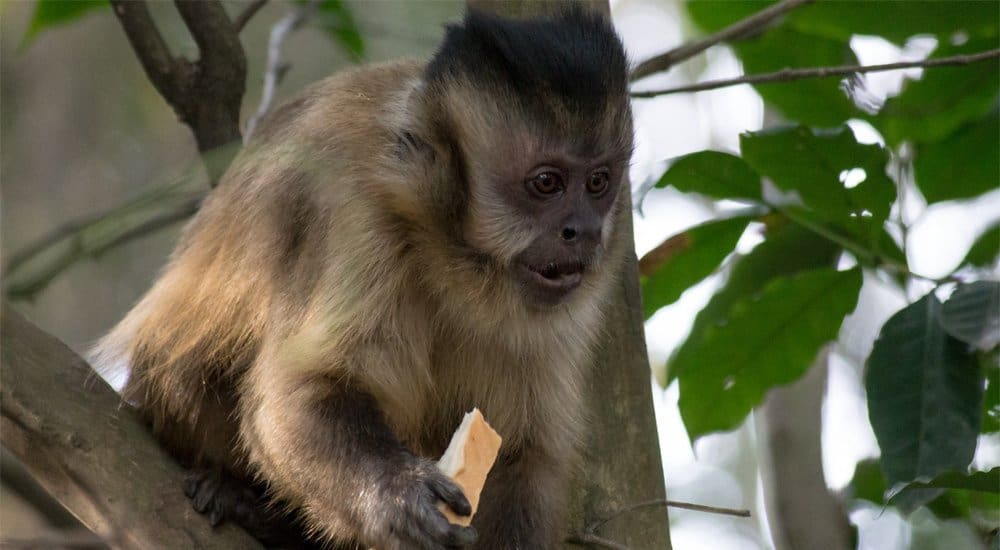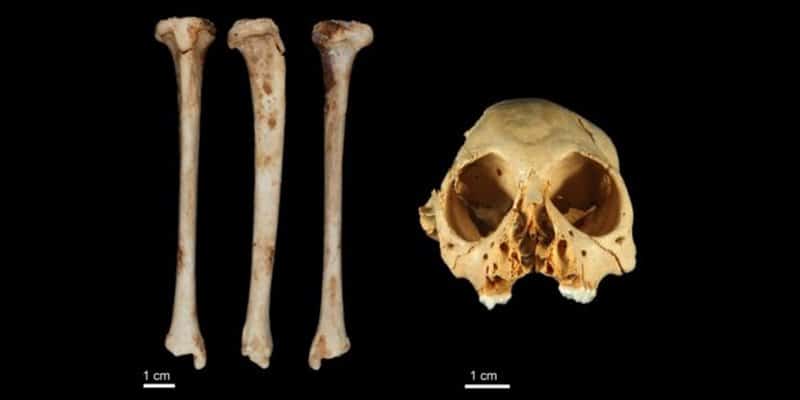
New Fossils Reveal A Monkey From A Million Years Ago
Monkeys have a long-established reputation for eating bananas and climbing trees, but they’re still thought of as a key part of humanity’s evolutionary link. With that said, there are still plenty of mysteries from the past surrounding them, as there are with any animal. But that might be about to change — because at the very least, some uncovered fossils have given us a deeper look into the primates of old.
The shin bone of an ancestral monkey — the Antillothrix bernensis — was found embedded in the limestone of an underground Caribbean cave. While virtually nothing was known about the species beforehand, now there’s more evidence to go on. One important takeaway for scientists is that the bone gives a better understanding of primate evolution in the region and beyond; failing that, modeling of the monkey bone helps prove the movement style of the Antillothrix bernesis.
The key factor, of course, is the age. The bone helps date monkeys — ancestral or otherwise — as far back as 1.3 million years. Comparatively, fossils and research up to that point put primates up to the ten thousand-year mark. It’s a given that scientists from here on have plenty of work ahead of them, but it’s possible that what they learn from monkeys, of all things, will be extraordinary.



